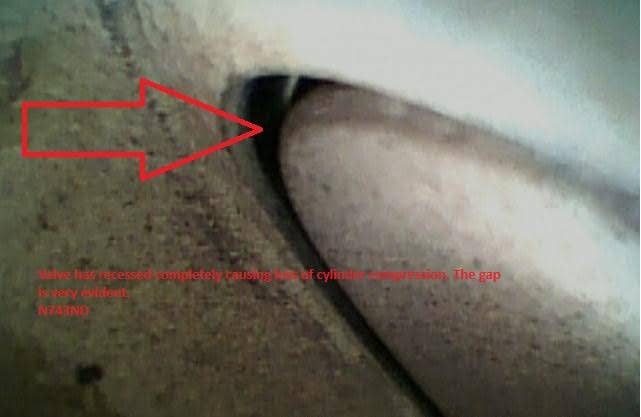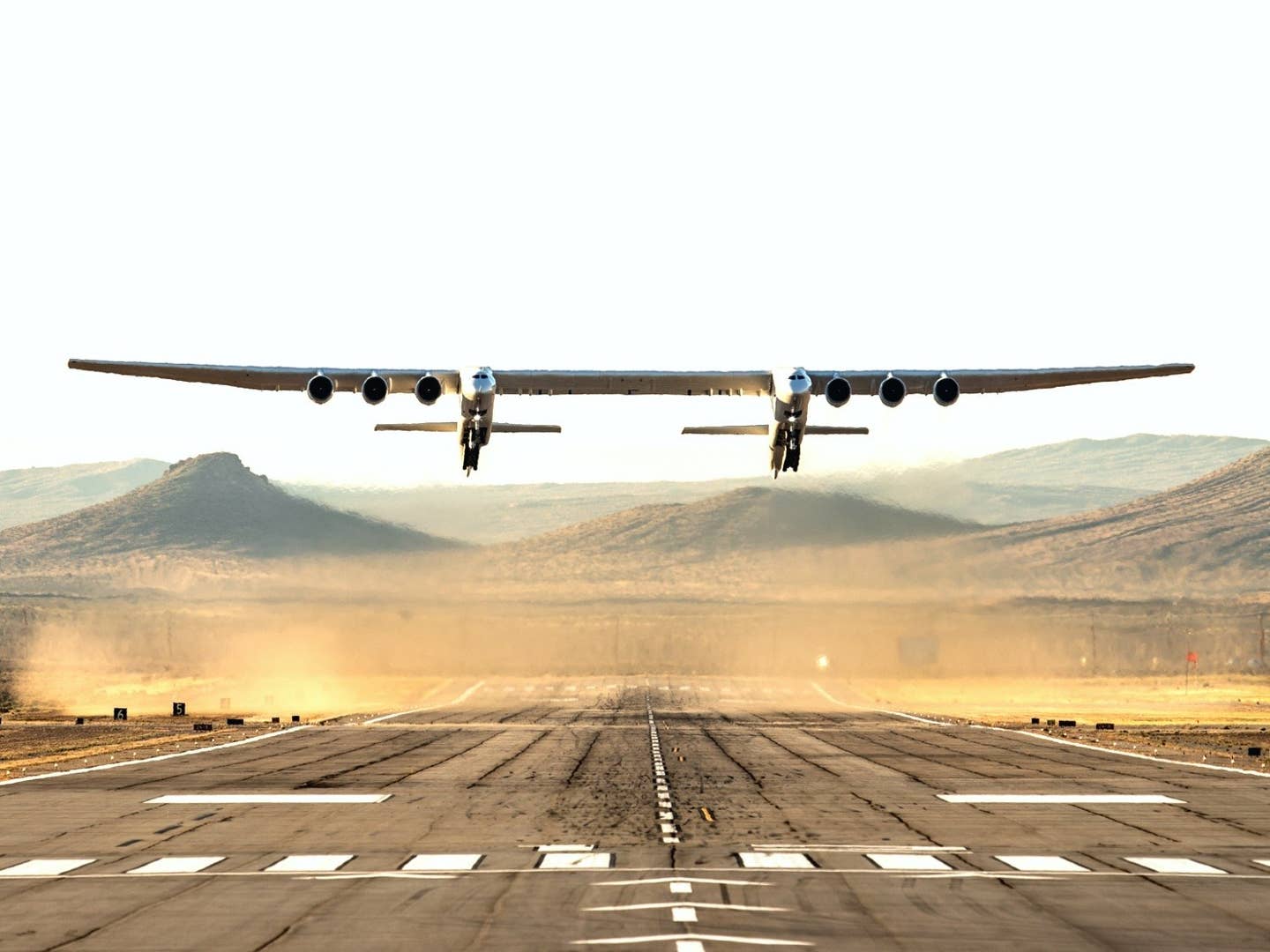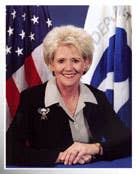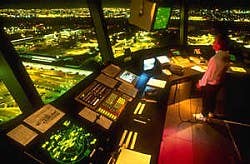Can TFRs Be Far Behind?
That fall fishing trip to Canada might have some unprecedented complications. According to a report in the Winnipeg Free Press, U.S. Customs and Border Protection plans to start patrols of the border between Canada and the U.S. (the longest undefended border in the world, by the way) by Predator unmanned aerial vehicles in September. The Predators will be based in Grand Forks, N.D. And, unless something changes between now and then, that could mean that large blocks of airspace along the northern border of the U.S. will be under temporary flight restrictions when the drones are flying. Because UAVs lack autonomous collision-avoidance capability, similar flights over the Mexican border in Arizona resulted in a TFR that closed a 300-nm stretch of airspace above the U.S.-Mexico border between 14,000 and 16,000 feet.
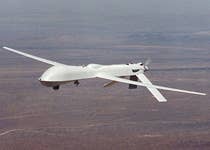
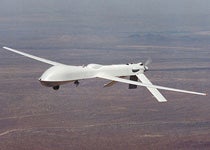 That fall fishing trip to Canada might have some unprecedented complications. According to a report in the Winnipeg Free Press, U.S. Customs and Border Protection plans to start patrols of the border between Canada and the U.S. (the longest undefended border in the world, by the way) by Predator unmanned aerial vehicles in September. The Predators will be based in Grand Forks, N.D. And, unless something changes between now and then, that could mean that large blocks of airspace along the northern border of the U.S. will be under temporary flight restrictions when the drones are flying. Because UAVs lack autonomous collision-avoidance capability, similar flights over the Mexican border in Arizona resulted in a TFR that closed a 300-nm stretch of airspace above the U.S.-Mexico border between 14,000 and 16,000 feet. That TFR was canceled last April after the only UAV operated by the border patrol crashed in Arizona. AOPA has been stridently opposed to the UAV operations because the aircraft lack see and avoid capability to prevent collisions with other aircraft. AOPA spokesman Chris Dancy said the organization will similarly oppose TFRs on the northern border. As a general principal, that is something AOPA opposes, he said. AOPA said the Predator crash proved its point in that an aircraft flying legally under the TFR could have been hit by the disabled UAV. Drones are supposed to fly a pre-programmed flight plan to a designated airfield if they lose communication with their controllers. However, in the Arizona crash, the remote control operator inadvertently cut off the drones fuel supply and it descended until line-of-sight communications (and control) were lost.
That fall fishing trip to Canada might have some unprecedented complications. According to a report in the Winnipeg Free Press, U.S. Customs and Border Protection plans to start patrols of the border between Canada and the U.S. (the longest undefended border in the world, by the way) by Predator unmanned aerial vehicles in September. The Predators will be based in Grand Forks, N.D. And, unless something changes between now and then, that could mean that large blocks of airspace along the northern border of the U.S. will be under temporary flight restrictions when the drones are flying. Because UAVs lack autonomous collision-avoidance capability, similar flights over the Mexican border in Arizona resulted in a TFR that closed a 300-nm stretch of airspace above the U.S.-Mexico border between 14,000 and 16,000 feet. That TFR was canceled last April after the only UAV operated by the border patrol crashed in Arizona. AOPA has been stridently opposed to the UAV operations because the aircraft lack see and avoid capability to prevent collisions with other aircraft. AOPA spokesman Chris Dancy said the organization will similarly oppose TFRs on the northern border. As a general principal, that is something AOPA opposes, he said. AOPA said the Predator crash proved its point in that an aircraft flying legally under the TFR could have been hit by the disabled UAV. Drones are supposed to fly a pre-programmed flight plan to a designated airfield if they lose communication with their controllers. However, in the Arizona crash, the remote control operator inadvertently cut off the drones fuel supply and it descended until line-of-sight communications (and control) were lost.

